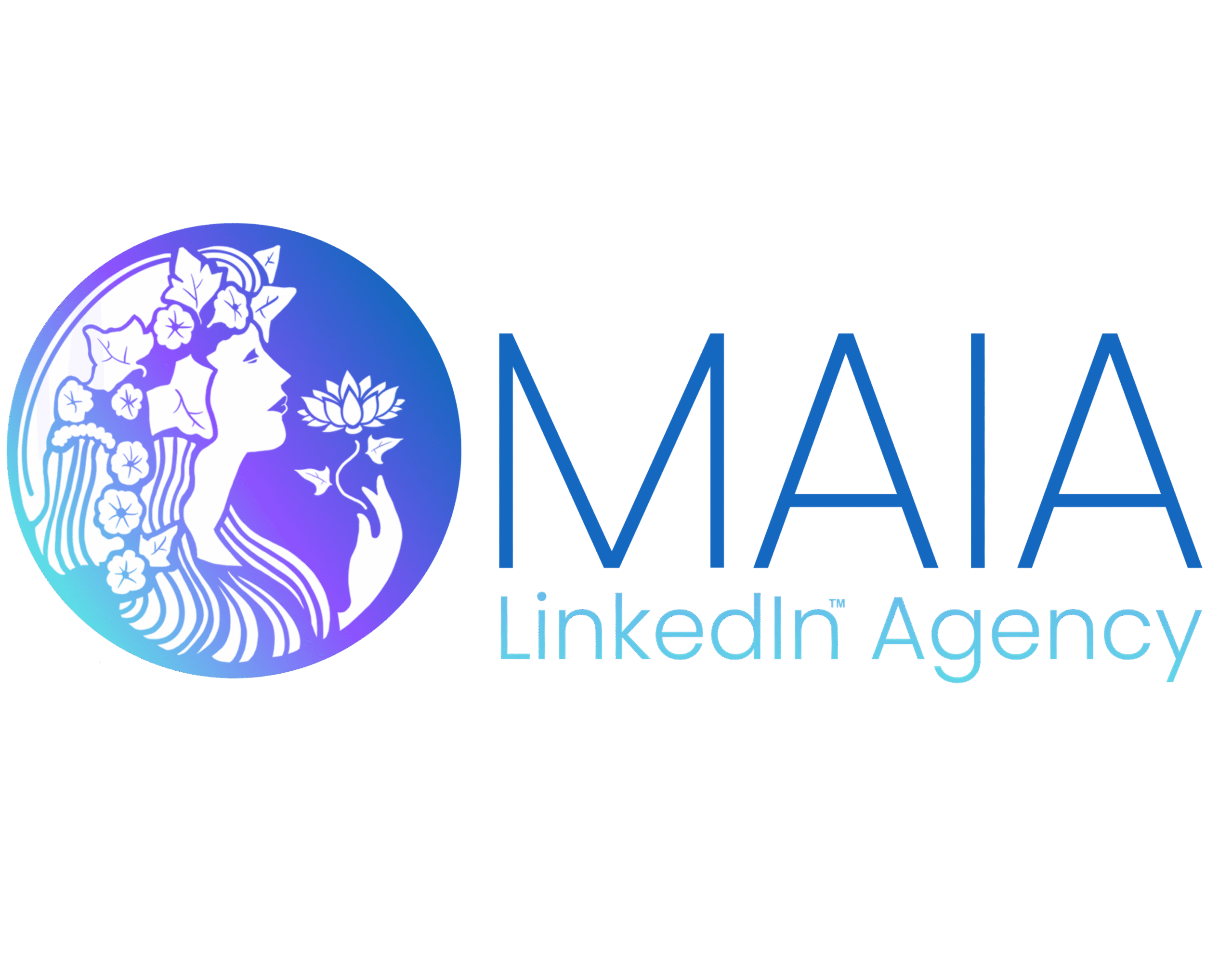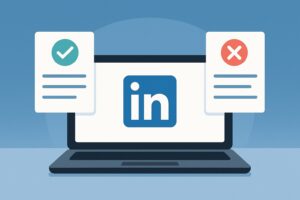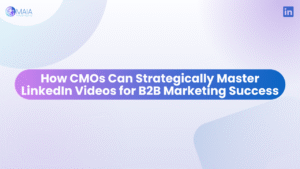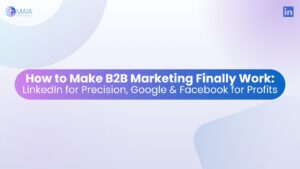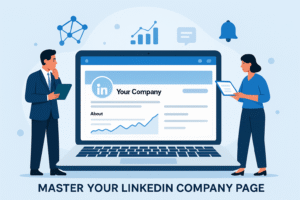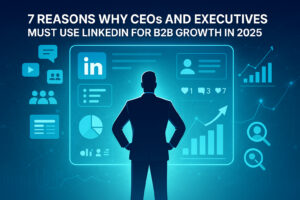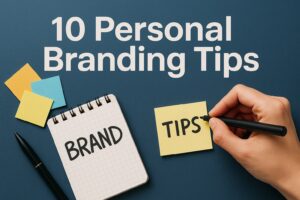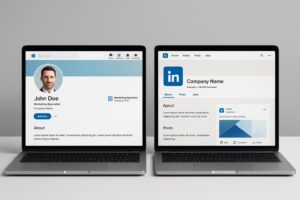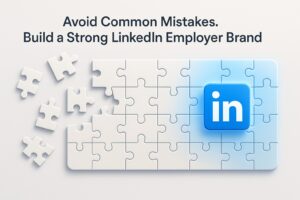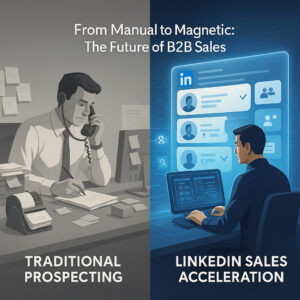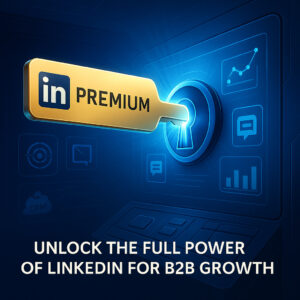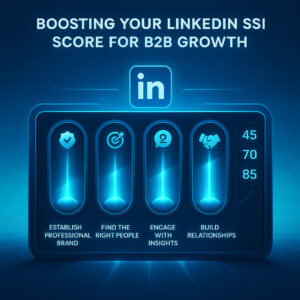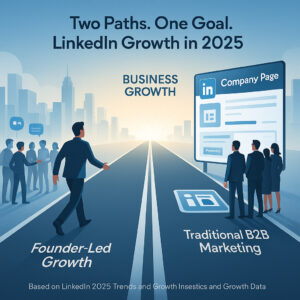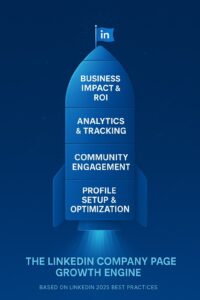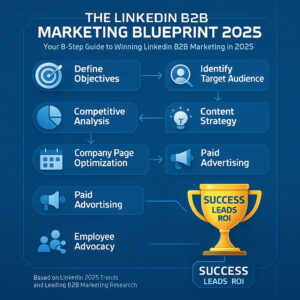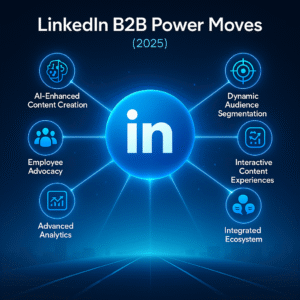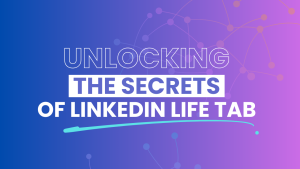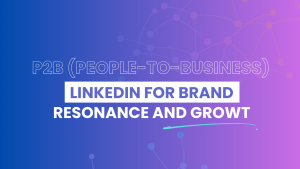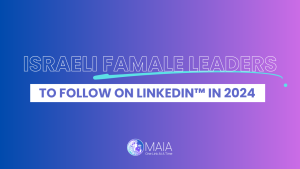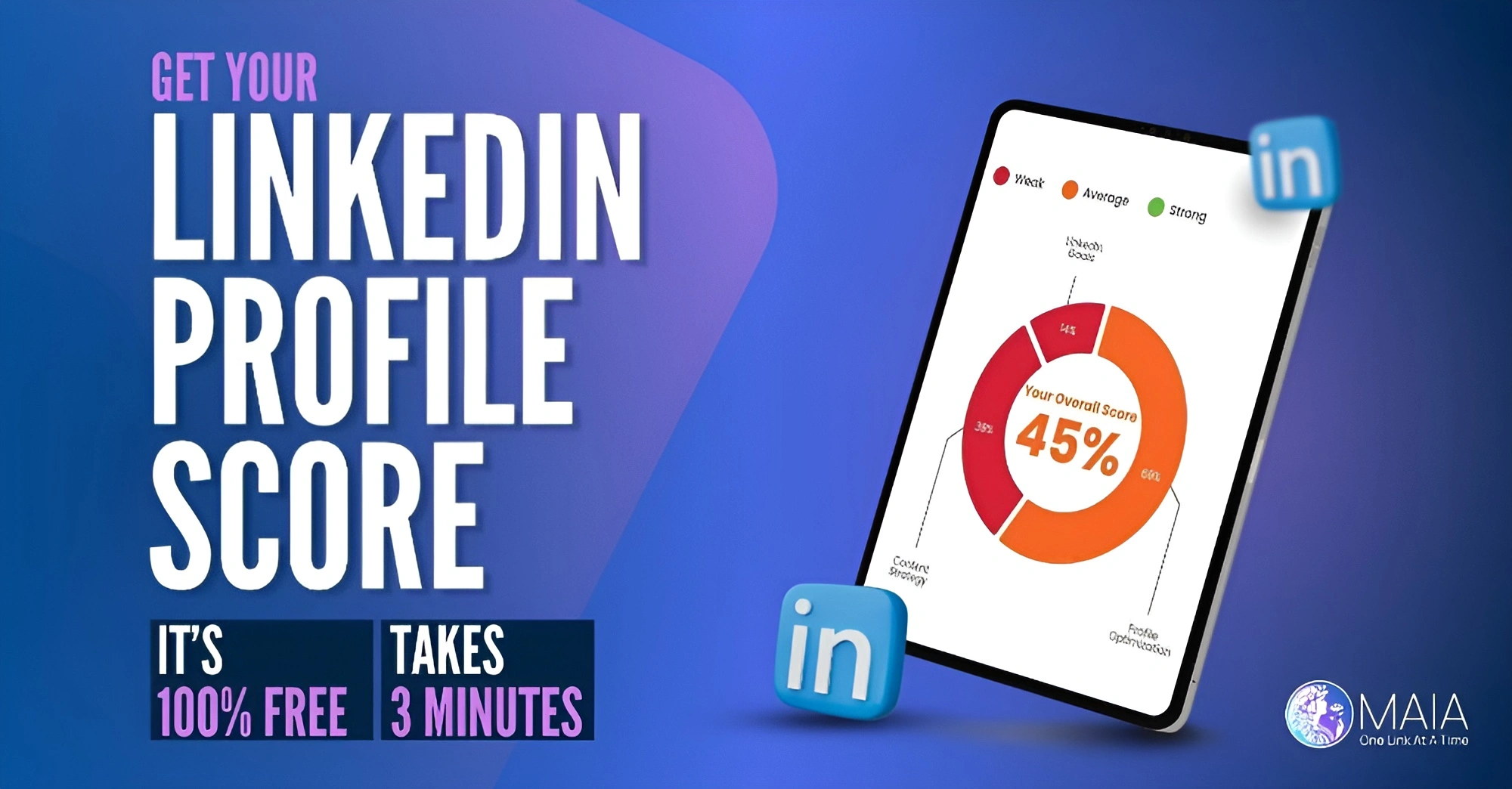With the rapid evolution of digital networking, LinkedIn has emerged as the premier platform for professionals aiming to grow their careers, expand their networks, and build authentic personal brands. Whether you are a recent graduate, a seasoned executive, or a business owner, understanding how to establish a compelling presence on LinkedIn is crucial from your very first day on the platform. Leveraging the right strategies not only makes you visible to recruiters and potential clients but also sets the tone for the opportunities and relationships you will build throughout your career.
New to LinkedIn? 10 Personal Branding Tips to Stand Out from Day One
Introduction: The Importance of Personal Branding on LinkedIn
In today’s digital-first professional landscape, your online presence often forms the first impression for colleagues, recruiters, and business partners. LinkedIn, being the largest professional networking platform, plays a pivotal role in shaping these perceptions. LinkedIn has over 1 billion users worldwide as of 2024. Amid this vast pool of talent, standing out requires more than simply having a profile—it demands intentional personal branding.
Personal branding on LinkedIn is about presenting a consistent, authentic, and strategic representation of your professional identity. It is the foundation for building credibility, trust, and influence within your industry. This is particularly vital since over 87% of recruiters use LinkedIn regularly for candidate searches. Whether your goal is to land a new job, attract business opportunities, or establish yourself as a thought leader, personal branding is the bridge that connects you to your aspirations.
As more professionals recognize the importance of their digital footprint, the competition for attention on LinkedIn has intensified. By implementing proven branding strategies from the outset, you can differentiate yourself and unlock the full potential of the platform. The following ten tips are designed to help you stand out and make a memorable impact from your very first day on LinkedIn.
1. Optimize Your Profile Picture and Headline
Your profile picture and headline are the first elements anyone notices when visiting your LinkedIn profile. They serve as the digital handshake, setting the tone for all further interactions. A professional headshot signals seriousness, approachability, and attention to detail, while your headline should concisely communicate your expertise and value proposition.
Data shows the power of a strong visual impression: Profiles with professional headshots receive 21 times more views and 36 times more messages. Invest in a high-quality, recent photo where you are dressed appropriately for your industry. Avoid casual selfies or group photos—your face should be clear, centered, and set against a neutral background.
Your headline, meanwhile, should be more than just your job title. Use this prime real estate to showcase your specialty, core skills, or unique selling proposition. For example, instead of simply stating “Marketing Manager,” try “Data-Driven Marketing Manager Specializing in B2B Growth Strategies.” This approach instantly communicates your focus and piques the interest of viewers, increasing your chances of making valuable new connections.
2. Craft a Compelling Summary
The summary section—sometimes called the “About” section—is your opportunity to tell your professional story in your own words. Unlike the rigid format of resumes, your LinkedIn summary allows for a more personal narrative that can connect emotionally with your audience. A well-written summary demonstrates both your expertise and your personality, helping you stand out in a crowded marketplace.
Begin your summary with a strong opening statement that captures your professional essence. Use the following structure as a guide:
-
Who you are: Briefly state your current role and core expertise.
-
What you do: Highlight your most valuable skills, achievements, or areas of focus.
-
Why it matters: Explain your professional mission or what drives your passion.
-
Call to action: Encourage readers to connect, collaborate, or reach out.
For example: “As a strategic B2B marketing consultant, I help fast-growing tech companies accelerate lead generation and build lasting client relationships. With a decade of experience in digital campaigns and content strategy, I am passionate about translating complex business objectives into measurable results. Let’s connect to explore how we can drive growth together.”
Use first-person language, avoid jargon, and infuse your summary with energy and authenticity. Remember, a compelling summary not only outlines your skills but also conveys your values and aspirations.
3. Detail Your Experience and Skills
Accurately documenting your professional experience and skills is essential for credibility and discoverability on LinkedIn. Each position you list should reflect your key responsibilities, achievements, and the impact you made. Avoid generic job descriptions; instead, focus on quantifiable accomplishments and specific projects that set you apart.
Use bullet points to make your experience easy to scan, and start each point with an action verb. Where possible, include numbers or results—such as “Increased sales pipeline by 40% in six months through targeted LinkedIn outreach campaigns.”
LinkedIn’s algorithm favors profiles that are complete and detailed. LinkedIn users with complete profiles are 40 times more likely to receive job opportunities. Make sure to fill out every relevant section, including your education, certifications, volunteer work, and skills. Prioritize skills that are in demand in your industry, and keep them updated as you grow.
Regularly adding new projects, promotions, or certifications ensures your profile remains current and relevant. This attention to detail signals to recruiters and peers that you are proactive and committed to your professional development.
4. Customize Your LinkedIn URL
One often-overlooked aspect of personal branding is your LinkedIn profile URL. By default, LinkedIn assigns a random string of numbers to your URL, which looks unprofessional and is difficult to share. Customizing your URL makes your profile easier to find and reinforces your personal brand.
Choose a URL that closely matches your name or the professional identity you wish to promote. For example, use “linkedin.com/in/janedoe” rather than “linkedin.com/in/janedoe12345.” This simple change improves your visibility in search engines and makes it easier for colleagues, recruiters, and clients to remember your link.
Include your customized URL on your resume, business cards, and email signature to drive more traffic to your profile and enhance your professional credibility.
5. Engage with Relevant Content
Building a strong personal brand on LinkedIn goes beyond optimizing your own profile—it also requires active participation in the platform’s broader professional community. By engaging with relevant content and joining industry conversations, you expand your reach, demonstrate expertise, and develop meaningful relationships.
Like, comment on, and share content that aligns with your interests or expertise. When you contribute thoughtful insights or ask questions, you position yourself as an engaged community member and a subject matter expert.
6. Publish Thought Leadership Articles
Establishing yourself as a thought leader is a powerful way to differentiate your personal brand on LinkedIn. By sharing original articles, insights, or case studies, you demonstrate expertise, credibility, and a willingness to contribute to your industry’s body of knowledge.
LinkedIn’s native publishing platform makes it easy to write and share long-form content directly with your network. Focus on topics that resonate with your target audience and showcase your unique perspective. Use storytelling, data, and actionable advice to make your content both informative and memorable.
Visual elements can significantly amplify the impact of your articles. Incorporate relevant graphics, charts, or infographics to boost engagement. Additionally, timely and well-crafted thought leadership pieces can attract the attention of recruiters, clients, and media outlets.
Consistently publishing valuable content not only increases your visibility but also positions you as a go-to expert within your field. Aim for a regular posting schedule to build momentum and grow your audience organically.
7. Request Recommendations
Social proof is a critical component of effective personal branding. Recommendations and endorsements on LinkedIn provide third-party validation of your skills, work ethic, and impact. These testimonials carry significant weight with recruiters, clients, and collaborators, helping you build trust and credibility.
Proactively request recommendations from colleagues, managers, or clients who can speak to your capabilities and achievements. Personalize your request by mentioning specific projects or qualities you’d like them to highlight. Offer to reciprocate by writing recommendations for others—this not only strengthens your network but also demonstrates your generosity and professionalism.
Don’t underestimate the power of social proof. Well-crafted recommendations and a robust endorsement list can significantly enhance your personal brand and open doors to new opportunities.
8. Utilize Multimedia to Showcase Your Work
In the age of visual storytelling, multimedia elements can set your LinkedIn profile apart. Incorporating videos, images, presentations, and documents allows you to showcase your work in a dynamic and engaging way. Video content on LinkedIn generates 5 times more engagement compared to text posts and is the fastest growing format with 36% YoY.
Add media to your summary, experience, or featured sections to provide tangible evidence of your skills and accomplishments. Examples include project portfolios, speaking engagements, case studies, or professional awards. Multimedia not only makes your profile more visually appealing but also gives viewers a deeper understanding of your capabilities.
By leveraging a variety of content formats, you create a richer, more memorable personal brand that resonates with diverse audiences.
9. Maintain Consistency Across Your Online Presence
Your LinkedIn profile is often just one component of your broader digital footprint. Ensuring consistency across all your online platforms—such as personal websites, Twitter, and professional directories—reinforces your brand and avoids confusion. Use the same profile picture, headline, and core messaging wherever you appear online.
This alignment strengthens your credibility and makes it easier for people to recognize and remember you. Prospective employers, clients, and collaborators often conduct cross-platform checks, so any discrepancies can undermine your professional image.
Regularly audit your online presence to ensure your brand narrative remains unified, current, and aligned with your career goals.
10. Monitor and Adjust Your Strategy
Effective personal branding is an ongoing process, not a one-time effort. As your career evolves and LinkedIn’s features change, it’s important to regularly review your profile, content, and engagement strategy.
Monitor key metrics such as profile views, connection requests, and engagement rates to gauge what’s working. Solicit feedback from trusted colleagues or mentors to identify areas for improvement.
Stay informed about new LinkedIn features, algorithm updates, and industry trends to keep your profile and content strategy ahead of the curve. Be willing to experiment, learn, and adapt—continuous improvement is the hallmark of a strong personal brand.
Conclusion: Building a Lasting Personal Brand on LinkedIn
Standing out on LinkedIn requires more than simply filling out your profile—it demands a proactive, strategic approach to personal branding. From optimizing your profile picture and headline to publishing thought leadership content and leveraging multimedia, each element contributes to a cohesive professional narrative.
Remember, LinkedIn users with complete profiles are 40 times more likely to receive job opportunities and every interaction you make shapes how others perceive you. Consistency, authenticity, and engagement are the pillars of a successful LinkedIn presence.
As the platform continues to grow, so does the competition for attention and opportunities. By following these ten tips, you position yourself to not only be seen but also remembered, trusted, and sought after in your field. For advanced strategies or personalized support, consider partnering with a specialist agency such as https://team-maia.com/ to accelerate your growth and maximize your impact on LinkedIn.
Your journey to a standout personal brand begins today—commit to the process, and you’ll reap the rewards for years to come.
FAQs
-
Why is a professional headshot so important on LinkedIn?
Your profile picture is your first impression on LinkedIn. Profiles with professional headshots receive 21 times more views and 36 times more messages. A high-quality, professional photo communicates credibility and approachability, increasing your chances of attracting the right opportunities.
-
How often should I update my LinkedIn profile?
Regular updates are key to maintaining a strong presence. Aim to review your profile at least quarterly, or whenever you achieve a significant new milestone, certification, or role. Keeping your experience, skills, and content current ensures you stay relevant in search results and with your network.
-
What kind of content should I share to build my personal brand?
Share a mix of thought leadership articles, industry news, personal insights, and multimedia. Video content on LinkedIn generates 5 times more engagement compared to text posts, and posts with images receive significantly more views. Focus on content that demonstrates your expertise and provides value to your audience.
-
Are LinkedIn recommendations really necessary?
Yes. Recommendations are powerful testimonials that provide third-party validation of your skills and character. They enhance your profile’s credibility and are often reviewed by recruiters and decision-makers during hiring or partnership evaluations.
-
How can I stand out if I’m new to LinkedIn?
Start by optimizing your profile picture, headline, and summary. Engage with relevant content and groups, request recommendations, and begin publishing your own insights. Consistency and authenticity are your greatest assets as you build your personal brand from day one
